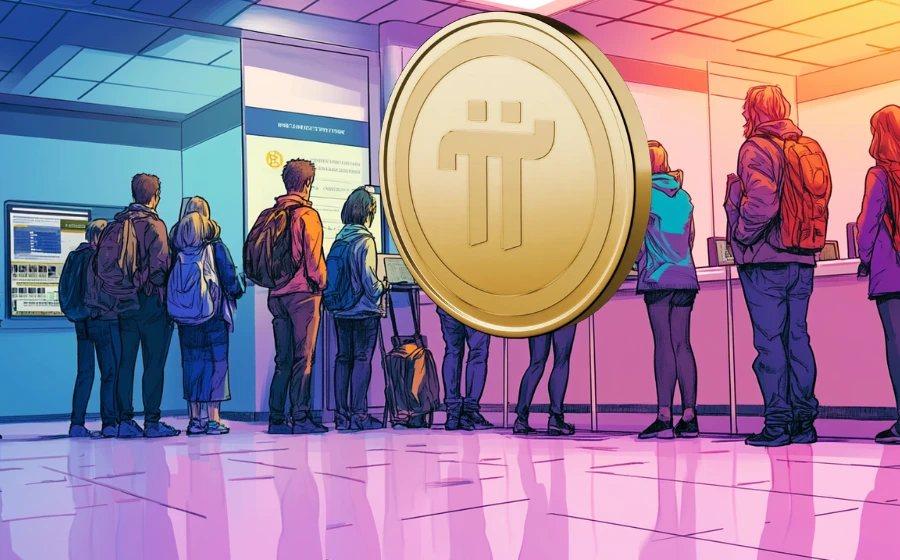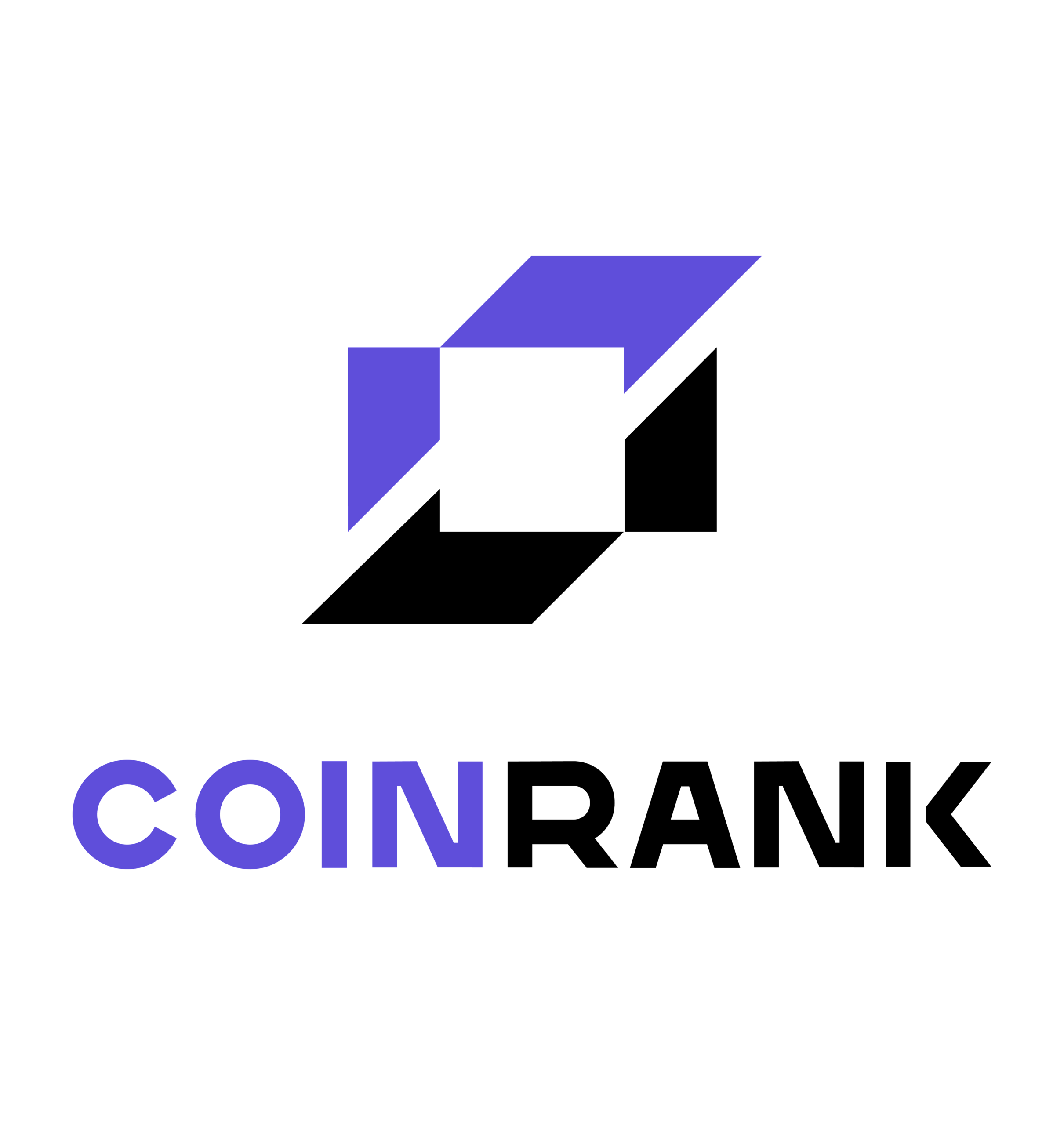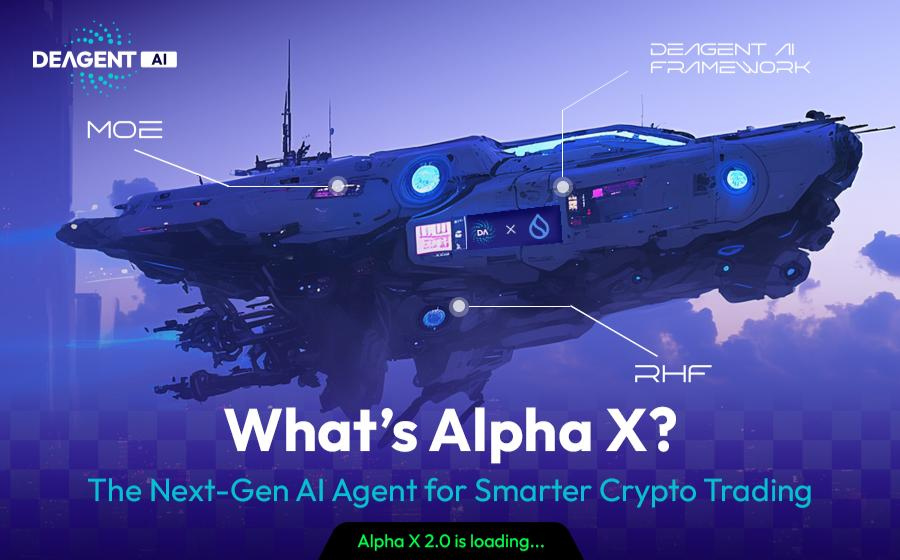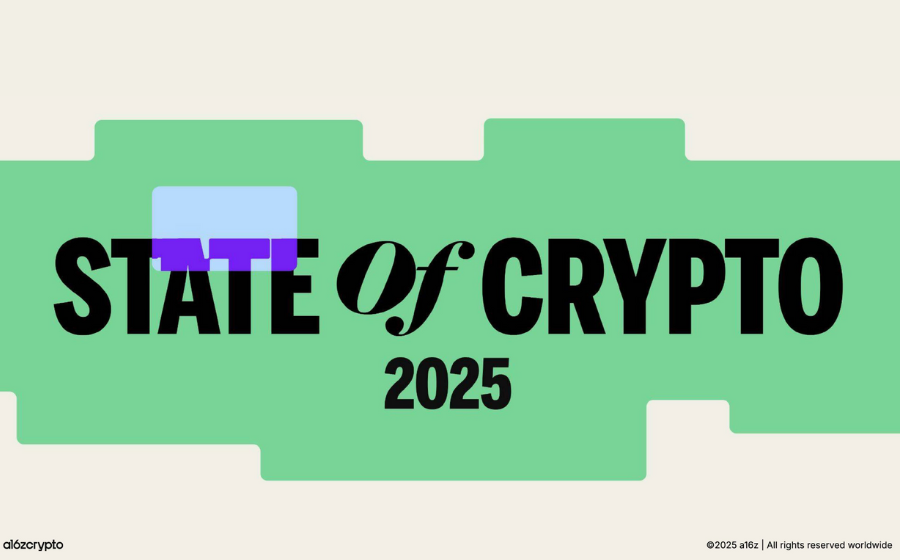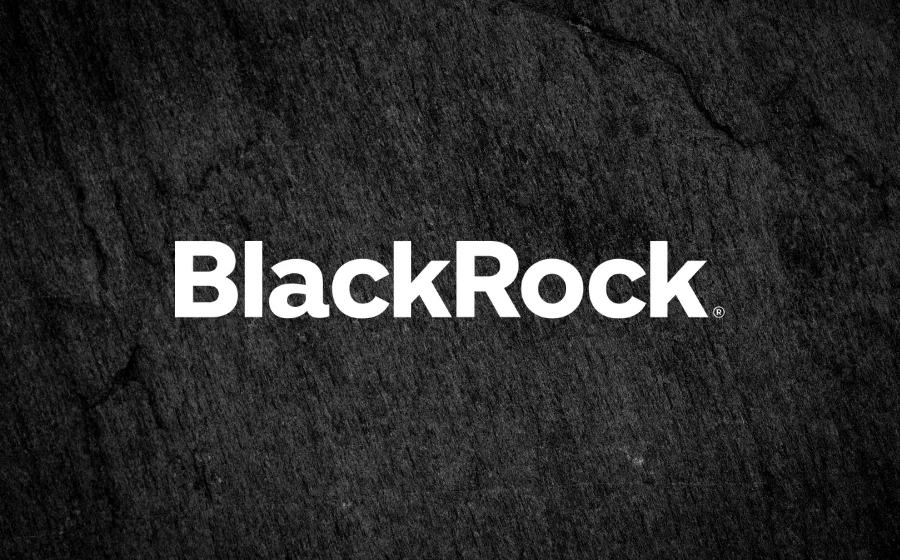
KEYTAKEAWAYS
-
Momentum Finance evolves from MSafe’s security foundation into the financial core of the Sui ecosystem, combining safety, liquidity, and institutional trust.
-
Built on Sui’s high performance architecture, its CLMM and ve(3,3) mechanisms create a self reinforcing liquidity and governance flywheel that increases efficiency and decentralization.
-
With its integrated product stack — including DEX, xSUI staking, MSafe vaults, and TGL — Momentum positions itself as a complete financial operating system connecting DeFi and traditional assets.

CONTENT

ORIGIN OF TRUST AND THE DEFENSIVE POWER OF SECURITY
The story of Momentum Finance begins with MSafe, a multisignature vault and asset management tool built for the Move ecosystem. Its goal was simple, to let protocols, DAOs, and institutions securely manage assets on chain, but it unintentionally laid the foundation for something much larger. MSafe solved DeFi’s first and most difficult question — who guards the funds and how to distribute control. The product had high technical barriers but quickly earned the trust of early Sui and Aptos projects. These users later became Momentum’s earliest partners. When MSafe evolved into Momentum Finance, it did not just inherit code but a verified reputation.
This identity of “security as a brand” gave Momentum a moat that many competitors lacked. While others relied on liquidity mining, Momentum had already established trust through proven reliability. When Sui’s competitor Cetus suffered a security incident, Momentum cooperated with the Sui Foundation to reinforce the network’s safety. Security became more than a feature; it became a brand narrative. For institutional investors, this kind of history carries more weight than any temporary yield. It represents continuity of trust. Momentum’s evolution was not about rejecting its past but about transforming security from a utility into the base layer of an ecosystem relationship.
ARCHITECTURE OF SPEED AND ORDER
Momentum’s rise as Sui’s flagship DEX is rooted in how it turned technology and incentives into harmony. Sui offers parallel execution, low gas fees, and the Move language that focuses on resource safety. It provides the ideal environment for high frequency trading and governance interaction. Momentum built its DEX on this foundation using a concentrated liquidity model (CLMM), allowing liquidity to focus on the most active price ranges. The result is higher capital efficiency and lower trading slippage.
Its real breakthrough, however, lies in the ve(3,3) model — a structure that binds governance, token emissions, and revenue. Users lock MMT tokens to receive veMMT and vote on which pools receive new emissions. Protocols can attract liquidity by offering bribes to voters. Every action feeds the next cycle, forming a self reinforcing loop. On Sui, where transactions are cheap and fast, this model reaches a new level of fairness. Small participants can join the voting process frequently, preventing governance from concentrating in a few large holders. Compared with Aerodrome or Velodrome, Momentum is not just replicating their model. It redefines the ve system by using Sui’s architecture to make governance a common, everyday action rather than a privilege.
THE SYSTEMIC FLYWHEEL OF PRODUCTS
Momentum’s ambition extends beyond being an exchange. It aims to build a financial operating system where all components work in sync. Its ecosystem includes Momentum DEX, xSUI liquid staking, MSafe treasury management, yield vaults, and the Token Generation Lab (TGL). Each module connects to the next, forming a single path for capital to circulate. A new project starts through TGL, raising liquidity and entering the ecosystem. Its funds are managed safely in MSafe vaults. Idle capital can earn yield through xSUI or the vault strategies. When the project is ready, it creates pools on Momentum DEX, where veMMT voting directs emissions and liquidity incentives.
The resulting trading activity then returns fees and rewards to voters and liquidity providers. This cycle makes the ecosystem self sustaining and highly sticky. Momentum’s structure locks projects and liquidity together, turning each partner into a long term participant. In contrast, Cetus functions as a sharp single point matcher focused on execution. Momentum behaves like infrastructure, using integrated tools to hold users, relationships to hold capital, and capital to shape order.
A LONG TERM BET ON STRUCTURE AND FAITH
Momentum’s public sale introduced an uncommon high risk approach — one hundred percent of tokens unlocked at TGE. Instead of long vesting schedules, the team chose full transparency and immediate market discovery. This decision acts as both a stress test and a statement of confidence. MMT’s design creates a flywheel: holders lock tokens to vote, votes direct liquidity, liquidity produces volume, and volume returns fees to voters. If enough holders stake and participate, the system reaches stability; if short term traders dominate, volatility becomes inevitable.
The project’s roadmap moves in three stages: deepen integration with Sui, expand cross chain through partners like Wormhole, and finally connect to real world assets. Each step introduces execution and compliance challenges. Regulation around tokenized assets remains uncertain, and Sui’s ecosystem growth pace will directly affect Momentum’s ceiling. Yet these very risks define its opportunity. Momentum is not chasing temporary hype but building the infrastructure of capital flow and trust. For DeFi investors, it is more than a trading venue; it is an experiment in constructing financial order on chain. Its bet lies not in speed but in structure, not in speculation but in patience — the kind of patience that turns protocols into pillars of an ecosystem.

